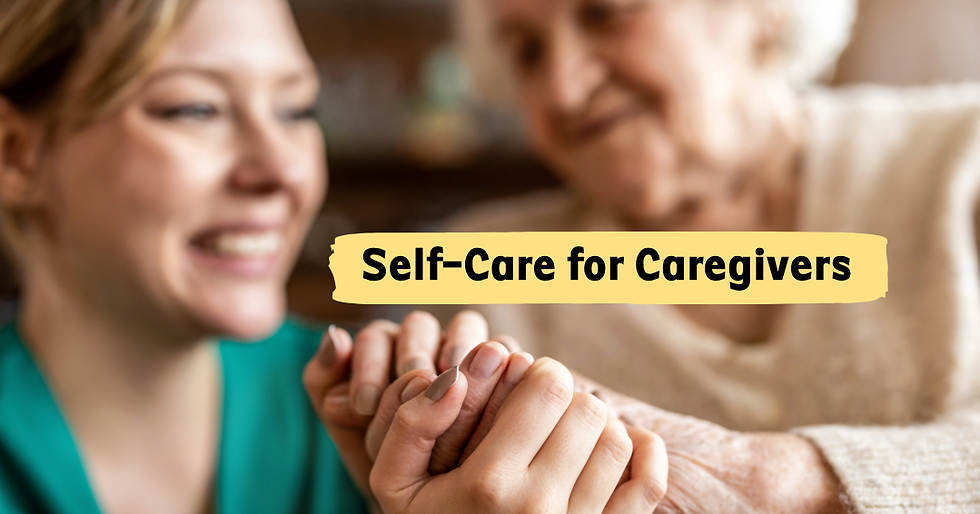Understanding the Emotional Process of Forgiveness
- Kate Burie
- Jan 9
- 4 min read
Understanding the Emotional Process of Forgiveness
Forgiveness is often heralded as a cornerstone of emotional healing, yet it remains one of the most challenging paths to navigate in relationships. Whether we are forgiving a partner, friend, family member, or even ourselves, the emotional process of forgiveness requires deep introspection, courage, and patience. Understanding this process can help us embrace forgiveness as a gift—both to ourselves and to those we love.
What Forgiveness Is and Is Not
Forgiveness is not about excusing harmful behavior or pretending that pain did not occur. It is not synonymous with forgetting, condoning, or reconciling. Rather, forgiveness is the conscious choice to release resentment and the desire for retribution. It is an act of emotional liberation, freeing us from the grip of anger and bitterness.
By forgiving, we take ownership of our emotional well-being. We choose to acknowledge the hurt while deciding that it will no longer define our actions, thoughts, or relationships.
The Emotional Journey of Forgiveness
Recognizing the Pain
The journey begins with acknowledgment. Suppressing or minimizing the pain of wrongdoing does not pave the way for forgiveness; it merely prolongs emotional suffering. Allow yourself to feel the emotions—hurt, betrayal, sadness, anger—that arise. Naming and validating these feelings is an essential first step.
Understanding the Other's Perspective
Empathy is a powerful tool in the process of forgiveness. While it may feel counterintuitive, seeking to understand why the offending party acted as they did can offer clarity. This does not mean justifying their actions but recognizing their humanity. People often hurt others from places of fear, insecurity, or ignorance.
Letting Go of Resentment
Resentment can feel protective, like a shield against further harm. However, holding onto resentment often does more harm to the holder than to the offender. Letting go requires a shift in perspective—one that prioritizes your peace over the need to cling to anger.
Rebuilding Trust
Forgiveness does not always necessitate reconciliation, but when it does, rebuilding trust is a gradual process. It requires consistency, open communication, and mutual commitment. Trust cannot be rushed; it grows slowly through small, sustained efforts over time.
Forgiving Yourself
In the process of forgiveness, we often discover ways we contributed to the conflict or pain. Forgiving yourself for mistakes, poor judgments, or inaction is crucial. Self-forgiveness is an act of self-compassion that allows us to move forward without the weight of guilt or shame.
The Role of Boundaries
Forgiveness does not mean allowing harmful behavior to continue. Establishing healthy boundaries ensures that forgiveness coexists with self-respect. These boundaries protect you from future harm and reaffirm your value.
Boundaries after an offense involve clear communication and self-awareness. A proven way to set boundaries after an offense is:
Acknowledge the Offense: Reflect on how the situation affected you and identify your emotional and personal limits.
Define Your Needs: Determine what changes or actions are necessary to feel respected and safe in the relationship.
Communicate Clearly: Express your boundaries calmly and directly. Use "I" statements, such as, "I need time to process things when I feel hurt."
Be Consistent: Enforce your boundaries consistently to establish them as a norm.
Respect the Outcome: Understand that setting boundaries may shift the relationship. Be prepared to prioritize your well-being even if it means redefining the dynamic.
The Benefits of Forgiveness
Studies have consistently shown that forgiveness is a powerful tool for improving mental health. By releasing anger and resentment, individuals experience reduced levels of stress, anxiety, and depression. This emotional release not only lightens the mental burden but also contributes to physical well-being, such as lower blood pressure and improved sleep quality.
Forgiveness also enhances relationships by fostering trust and emotional intimacy. When we choose to forgive, we demonstrate a willingness to prioritize understanding and connection over conflict. This act of grace can inspire mutual growth, encouraging both parties to reflect, learn, and strengthen their bond.
Beyond these measurable benefits, forgiveness opens the door to profound personal and relational growth. It creates space for healing and renewal, transforming hurt into a platform for empathy and compassion. By choosing forgiveness, we allow love and harmony to flourish where resentment and division once held sway. This shift not only enriches our relationships but also empowers us to live more fulfilled, peaceful lives.
Practical Steps to Practice Forgiveness
Journaling: Write down your feelings about the situation, the impact it had on you, and what you need to heal.
Therapy or Counseling: A professional can guide you through the complexities of forgiveness, especially for deep or longstanding wounds.
Mindfulness and Meditation: Practices that focus on letting go and cultivating compassion can support your emotional journey.
Acts of Release: Symbolic acts, like writing a letter to the person (even if you don’t send it) or performing a ritual of letting go, can be profoundly healing.
Embracing Forgiveness as a Practice
Forgiveness is rarely a one-time event. It is a practice, a commitment we make repeatedly as memories and emotions resurface. Over time, the weight of the pain lessens, and we find ourselves more capable of approaching life with an open heart.
By understanding the emotional process of forgiveness, we empower ourselves to heal. Forgiveness is not just a gift to others; it is a profound act of love. It is a declaration that our happiness and peace matter more than holding onto pain.





Comments